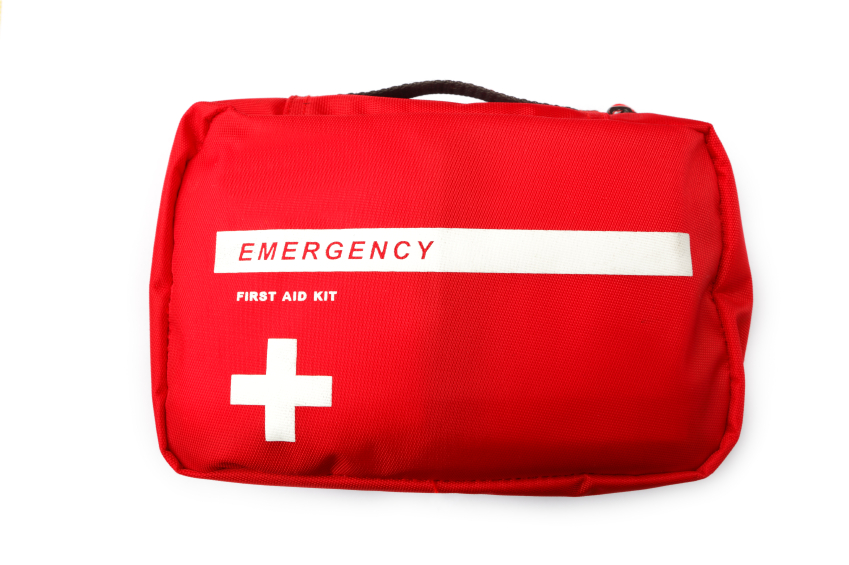
|
Yesterday, we looked at two scenarios employers have asked about. Here are two more.
Heat or Cold Therapy: First Aid or Medical Treatment?
An employer asked OSHA about heat therapy. Heat and cold therapy are actually included in the definition of first aid, but the employer wanted to know whether there were exceptions. Does it matter how often heat or cold is applied? Does it matter where it is applied? Does it matter what condition it is used to treat?
What do you think? Are there situations when heat or cold therapy would be medical treatment instead of first aid?
Your one-stop safety management resource, available 24/7. Go here to take a no-cost site tour or here to try it in your own office!
Answer: It’s first aid. As mentioned, the definition of “first aid” found in Section 1904.7(b)(5)(ii)(e) specifically includes “hot or cold therapy.” In the preamble to OSHA’s 2001 final rule, OSHA stated that hot and cold treatment is first aid regardless of:
- The number of times it is applied,
- Where it is applied, and
- The injury or illness to which it is applied.
Because hot and cold treatment is simple to apply, does not require special training, and is rarely used as the only treatment for any significant injury or illness, OSHA classifies all forms of heat or cold treatment as first aid, including compresses, soaking, and nonprescription skin creams/lotions for local relief.
Just to keep you on your toes, though, OSHA classifies both whirlpool treatments and ultrasound therapies as forms of physical therapy, so those are medical treatment for purposes of OSHA recordkeeping.
Kinesiology Tape: First Aid or Medical Treatment?
Another employer wrote to OSHA to ask: Is kinesiology tape considered medical treatment for OSHA recordkeeping purposes?
What do you think? Is it first aid or medical treatment?
Great news! BLR’s renowned Safety.BLR.com® website now has even more time-saving features. Take our no-cost site tour! Or better yet, try it at no cost or obligation for a full 2 weeks.
Answer: It’s medical treatment. In consultation with physicians in OSHA’s Office of Occupational Medicine, OSHA determined that kinesiology taping is designed to relieve pain through physical and neurological mechanisms. The lifting action of the tape is supposed to relieve pressure on pain receptors directly under the skin, allowing for relief from acute injuries. Because the use of kinesiology tape is similar to physical therapy in this way, it is considered medical treatment beyond first aid for OSHA recordkeeping purposes.
Need any more help sorting out the fiddly details of OSHA’s requirements? Safety.BLR.com has you covered.
UPDATE: After this article was published in the Safety Daily Advisor, OSHA issued a new letter of interpretation regarding the use of kinesiology tape. After review, OSHA concluded that “the use of kinesiology tape and other types of elastic taping is included within the definition of first aid treatment, and thus the use of such tape alone would not be considered medical treatment.”
